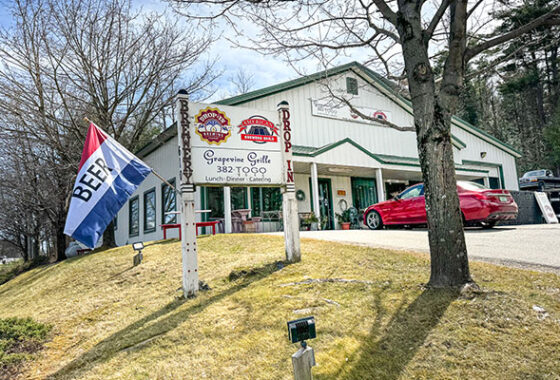How Developers Can Overcome NIMBYism
Marilee Utter of the Counselors of Real Estate shares her “long short-cut” for developers to overcome the community opposition that can stall projects.
“NIMBYism is alive and well everywhere. I think that it is worse due to the high volume of growth that we have seen in cities,” Utter notes. “It isn’t that these communities don’t always want growth; it is the speed and the volume of it. The rate of change scares people.”
NIMBYism as a Cultural Proxy
An acronym for “not in my backyard,” NIMBYs oppose new development and community expansion, including real estate, new transit corridors, utility lines and environmental mitigation—and they can have a big impact on development by prolonging, stalling or even killing projects altogether.
Utter says that generational divides are playing a role. Most NIMBYs fall into the Boomer demographic, so they are often retired with the time to serve on neighborhood organizations and, perhaps more importantly, own a lot of assets. “The people who are working jobs and raising kids don’t have time to participate. So, you don’t have representative processes that are going on,” says Utter, while also acknowledging that residents in lower income communities are also contributing to the ubiquity of NIMBYism, albeit for different reasons. In these communities, residents decry growth for fear of gentrification, displacement and rising prices.
Why Communication Matters
At the heart of the problem, says Utter, is poor communication. “Bad things are happening because we can’t find a way to have good community negotiations.” While community opposition is one of the biggest challenges for developers, there are ways to overcome it—or at least mitigate exposure to NIMBY-related delays and costs.
Utter says that the burden should really fall on cities to lead community negotiations. “The city should come up with a plan and a vision for what the neighborhood wants. In the end, it comes back to their leadership,” she says. From there, cities could work directly with developers to usher in projects that serve the community. Even if there are challenges with the project, Utter says, “at least you are coming from a foundation of aligned interests where everyone knows what they are trying to get to.”
The “Long Short-Cut”
In the more frequent case where cities do not make the effort to work with the community, Utter recommends what she calls the “long short-cut,” where developers secure a land site and then work with the community to determine the use. “The process is long,” warns Utter. “It can be more than a year or two years, and it is expensive because you have to control the property first.”
This strategy helps to build community enthusiasm early on to prevent disagreements that can cripple a project and the budget. “It ensures that the project doesn’t get logjammed at the last minute because you have a constituency of people in the neighborhood that supports the project,” she says.
Overcoming community opposition isn’t impossible. As Utter says, “It can be done, but it takes a different approach and a larger pocketbook than a lot of developers have—but it works.”








